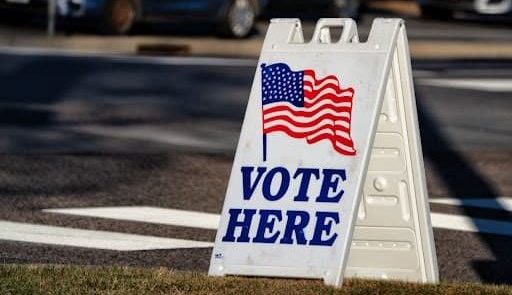By David Hammond
The idea of giving people more of a voice in the help they receive has been gaining ground, in health care and social services alike. If you’ve been to a doctor’s office or a hospital recently, you’ve probably seen a poster or a handout about “patient rights and responsibilities.”
That’s becoming standard practice for health care providers and it’s a growing trend in social services, too.
In the last few years, D.C. has seen several attempts to do the same for people on the receiving end of decisions and services for homeless people.
These have included official initiatives like the city’s Interagency Council on Homelessness, and grassroots efforts, which were galvanized by the long debate over Franklin Shelter, which closed last fall.
Participants in these efforts say that the many difficulties of life in the shelter or on the street can make it hard for people to stay involved. And the size of the problems they face can be discouraging. But the desire to make things better still pushes people to try to find the right formula for making a change.
Street Sense vendor and writer Reggie Black recently attended a meeting of homeless shelter residents interested in improving conditions. Here is his report.
By Reginald Black
A small group is forming to figure out simple but significant changes at the shelters.
I was in attendance at a meeting of the wise, as far as homelessness is concerned, at the Martin Luther King library in downtown D.C. a few weeks ago.
The purpose of this meeting was to bring a model for change that has worked at the New York Avenue shelter in Northeast to other shelters in the District, such as Adams Place and 801 East on the St. Elizabeth’s campus.
We talked about putting together a small group to figure out simple but significant changes wanted at the shelters. The first task is to schedule meetings and to follow up until changes are made. The meeting was arranged by two volunteers, Kimberly Johnson and Peter Tucker. Tucker was involved with the protest against closing the Franklin School shelter.
They opened up the floor and we expressed our views. One view held by all the shelter residents was that hot water should be available for bathing. This was expressed by numerous shelter residents from all over the District.
Other issues brought to light were pests and theft. The residents talked about long lines in hypothermia conditions.
With all of these problems it was difficult to point out universal issues. Johnson and Tucker mentioned the legal guidelines for proper hygiene and livability at shelters throughout the District and they explained that the city is required to make sure these guidelines are met. They said that we need to know who the big players are and explained that pressure is needed.
A handout was given to all those participating in the meeting. On it were numbers and names that any resident of a shelter should have. Tucker and Johnson also described the success of this same system at the New York Avenue shelter.
The strategy is that a small group meets the directors of the shelters and also writes letters and sends e-mails. At New York Avenue, Tucker said, the residents have gotten cleaner bathrooms, and people don’t have to wait outside in cold weather before checking in as much as they used to.
The meeting was a great success because the information should already be in shelters if anyone has a problem. After a few more comments, it was decided that a committee would be formed.
Our challenge is to make small affordable changes at the shelters that all will enjoy. I hope it works.
On The Hill
By Street Sense Staff
On Wednesday, February 11, House and Senate negotiators reached an agreement on an economic recovery package designed to save and create as many as 3.5 million jobs across America and get the nation’s economy back on track.
Over the preceding weeks, the House and the Senate passed different versions of the legislation, both called the American Recovery and Reinvestment Plan, which were then combined into a final bill through a “conference committee” made up of key representatives and senators.
In Congress, support for the bill has been almost completely along party lines. When first considered in the House, it passed without the support of any Republican members. In the Senate, the package had the support of only three Republicans, Sens. Olympia Snowe and Susan Collins, both of Maine, and Sen. Arlen Specter of Pennsylvania, passing by a vote of 61 to 37. One of the main differences between the two packages was the amount of money spent on projects versus the amount of tax cuts.
Both bills, as well as the final package, tried to focus spending on “shovel ready projects” – projects that would immediately put Americans to work building roads, bridges, ports, waterways and mass transit; and on helping people at risk of losing their homes, restoring confidence in the housing sector, and providing incentives to spur small business job growth.
The bills also invest in green jobs to make America more competitive and energy efficient while reducing pollution and our dependence on foreign oil. Finally, there is assistance for families on Medicaid and money to help states balance their budgets. Before it passed, a bipartisan group of senators cut $110 billion of nonstimulative spending from the House package to respond to the concerns of those who thought the bill spent too much money on projects that would not immediately create jobs.
Once the conferees of the two versions agreed on a final version, it will be written into legislation and then voted on again in both the House and Senate before the President signs it into law.





